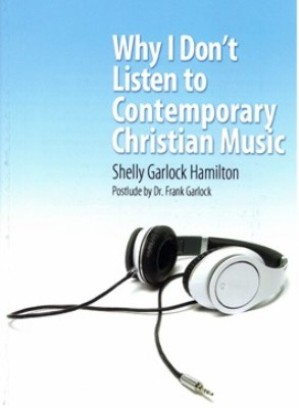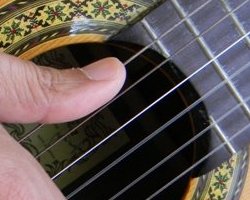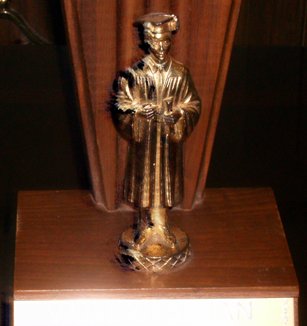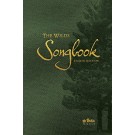Some evangelicals use 2 Samuel 6:14 as evidence to assert that many fundamentalists are lacking in their public worship of the Lord. Some even go so far as to imply that fundamentalists try to “put a spin” on such texts about dancing to the Lord in order to resist the supposed force of this record of David’s exuberant and uninhibited worship of the Lord.
For many reasons, 2 Samuel 6:14 is not a text that shows that public Christian worship should include dancing to the Lord.
- The passage is not a record of a normative occasion of public Israelite worship. It records what one man did on a once-in-a-lifetime occasion of immense national significance—moving the Ark of the Lord from the home of an individual to Jerusalem to put it in the middle of the Tabernacle of the Lord.
- The passage does not provide definitive proof that David’s public worship of the Lord routinely included such dancing because we do not have other unambiguous accounts of David dancing as part of his worshiping the Lord publicly. David does testify elsewhere of the Lord’s turning for him his mourning into dancing (Ps. 30:11), but the passage is not explicit that David is here testifying of his dancing publicly before the Lord in a worship context.
- The passage does not include any explicit divine commendation of David for what he did.
- The Old Testament does not anywhere record even one other spiritual “giant” of the faith who danced before the Lord as part of his worship of the Lord. Neither Job nor Samuel nor Hezekiah nor Josiah nor Daniel is ever recorded as dancing before the Lord in worshiping him.
- The Old Testament does have two references that record commands to worship the Lord with dancing (Ps. 149:3; 150:4), so we must hold that dancing was a proper and necessary part of Israelite worship of God at least in some manner on some occasions. Key passages, however, that record faithful Israelite worship of the Lord on pinnacle occasions of divine worship in Israel’s history make no mention of such dancing (for example, 2 Chronicles 5; 29:20-36; 35:1-19), which suggests that these commands in Psalms 149 and 150 were in some unstated manner of limited scope for specific settings.
- The New Testament does not even once record that dancing was a part of Jewish or Christian worship of the Lord. Nor are there any commands or instruction in the NT about dancing as part of proper worship of the Lord.
- Biblical passages that reveal information about heavenly worship never mention dancing as a part of the worship of heaven.
Based on these points, it is illegitimate for evangelicals to assert that fundamentalists are willfully resisting unmistakably clear implications of 2 Samuel 6:14 as a text that shows that faithful worshipers of the Lord should dance before Him when they worship Him publicly.
Copyright © 2011-2024 by Rajesh Gandhi. All rights reserved.







